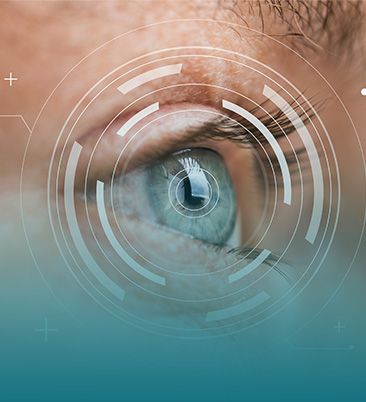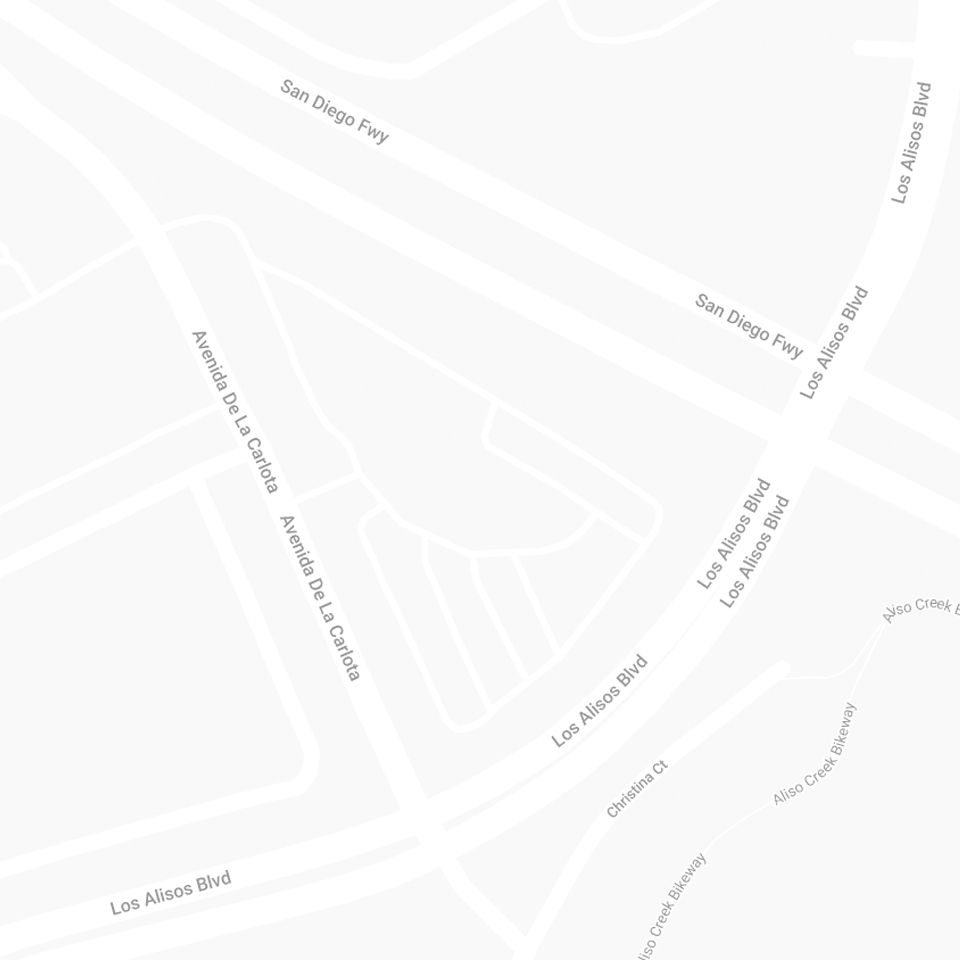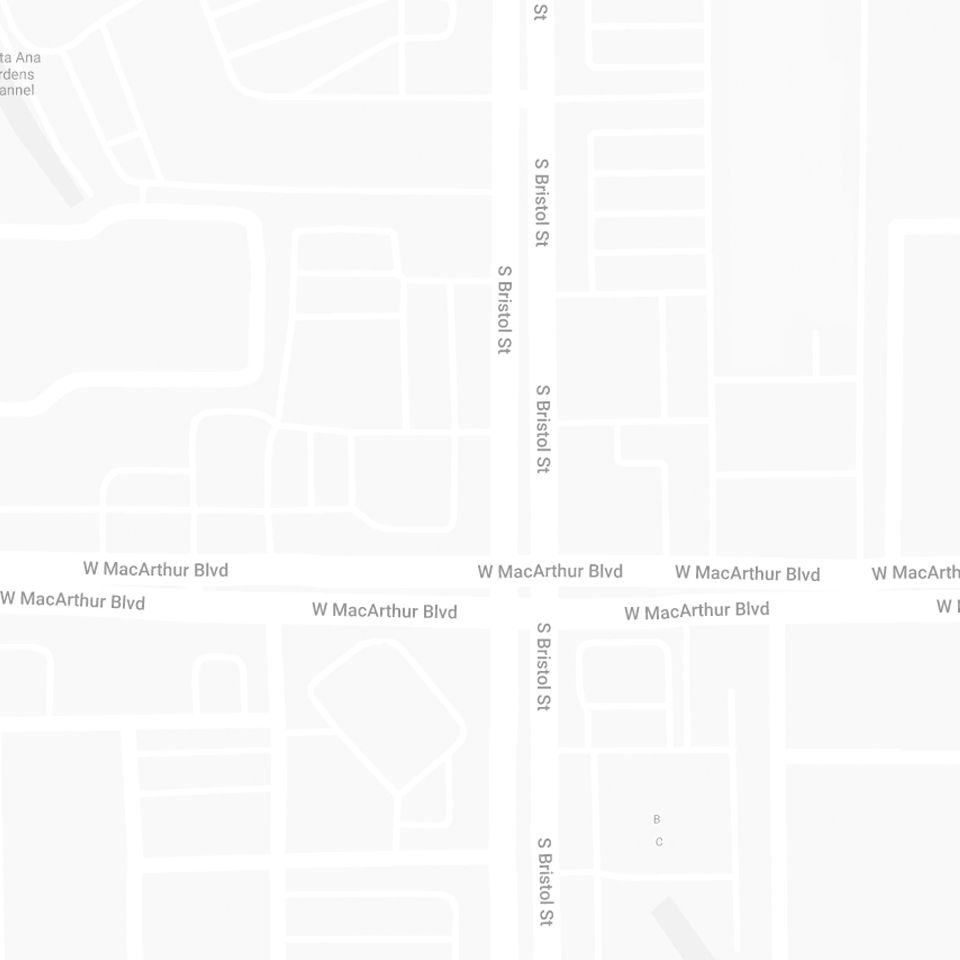SEE WELL. LIVE WELL.

Welcome ToOrange County Eye Institute you receive compassionate care from an experienced team
We believe that the eyes are one of the most precious resources each individual has. Vision is crucial to your level of involvement and enjoyment of life. Our staff is proud of the high standard of care we provide to every patient who visits our eye institute in Laguna Hills. Dr. Salib is more than an eye doctor; he is a consummate professional with years of education and training coupled with a passion for service.

featured serviceswhat we offer
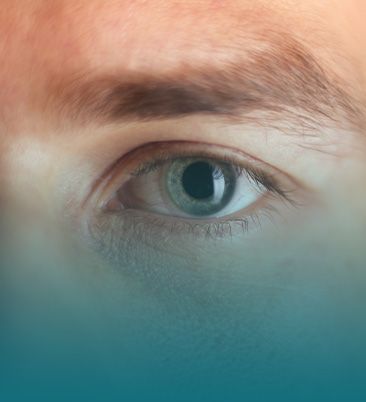
Cataract Procedures
A cataract is not anything dangerous or urgent. It is simply the natural lens of the eye, like the lens of a camera, which has undergone natural changes and is now cloudy. So instead of looking through a clear lens, it is like looking through a frosted or dirty window. This can make things appear darker, more blurry, and harder to see in general.
Learn More
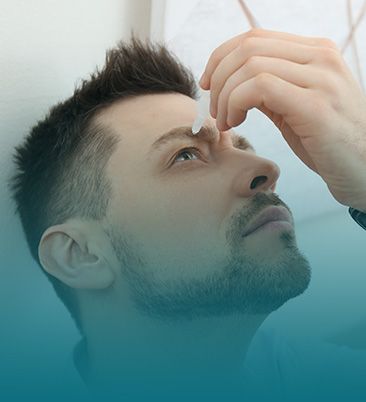
Dry Eye Treatments
Dry eyes may seem like a frustrating problem; but, there is more to it than that. We perform a thorough consultation and examination on each patient to identify areas of concern, factors involved, and potential solutions. Dry eye disease is the condition in which the tears produced or retained in the eye are insufficient to keep the eye healthy and comfortable.
Learn More
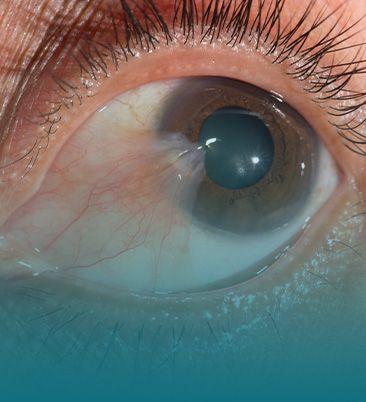
Pterygium Procedures
A pterygium is a fleshy, whitish-red growth that comes from the conjunctiva (the white part of your eyes) and grows onto the cornea (the clear window on the front of your eye). This condition, which is caused by sun exposure, is usually not a serious or urgent problem.
Learn More
WhyChoose Us
Orange County Eye Institute is committed to helping individual patients live their lives to the fullest by maximizing their vision with personalized care.
Read More

Meet the Doctors
Orange County Eye Institute provides the highest quality, compassionate optometry to ensure you and your family are healthy and happy. Meet our caring and compassionate team committed to providing exceptional eye care for your family.





